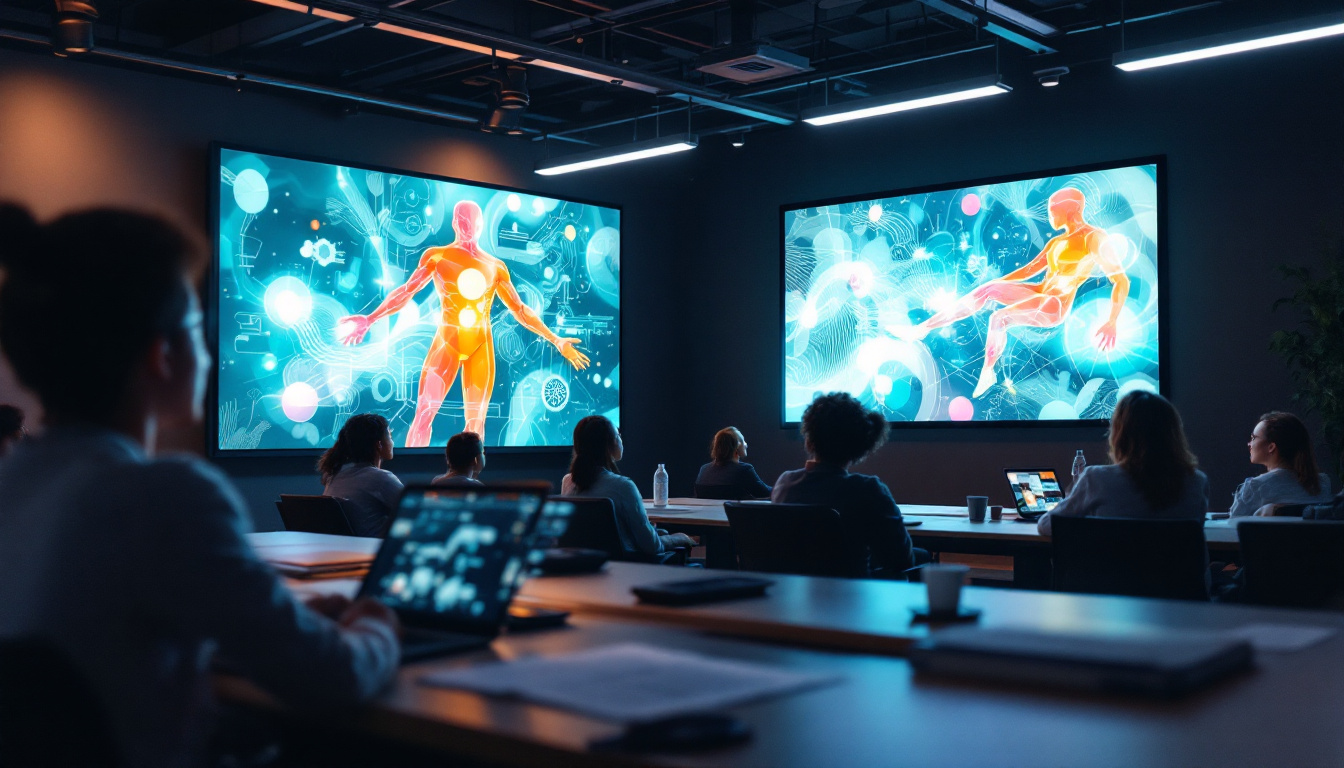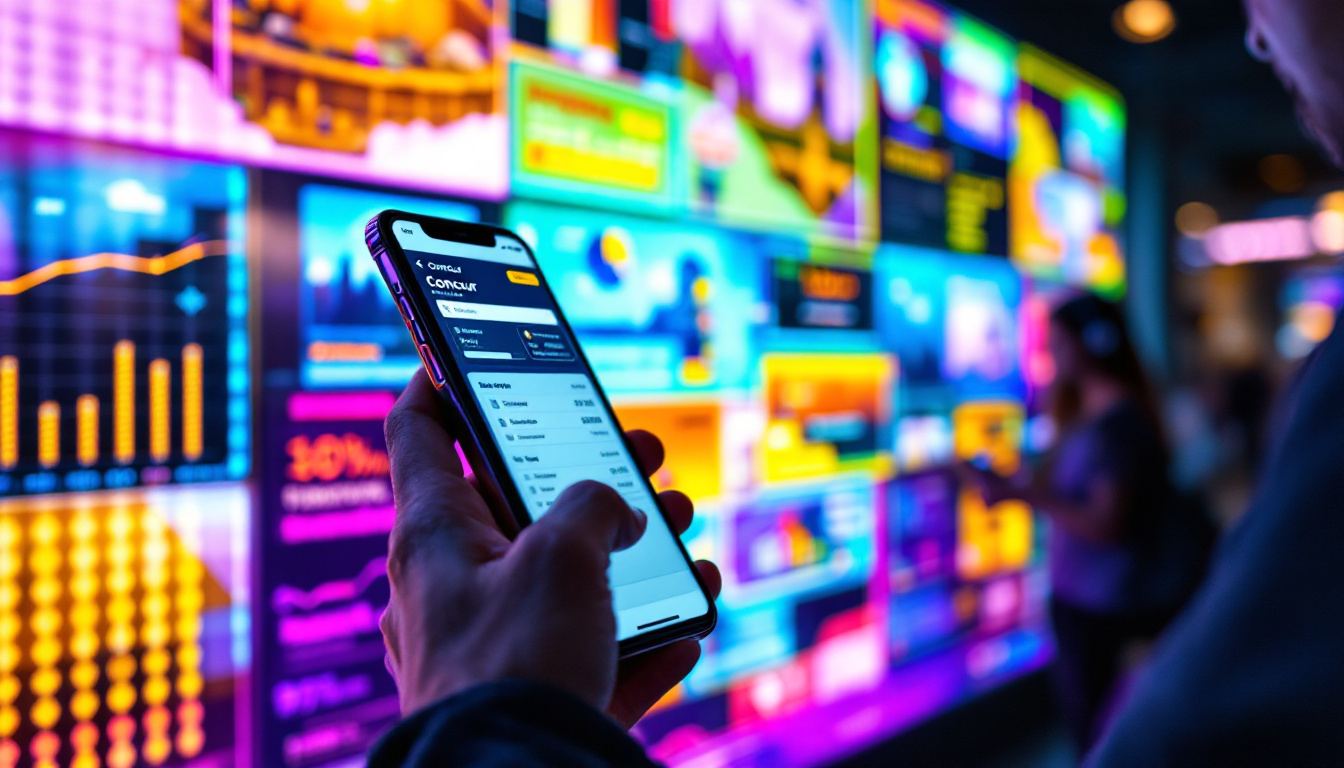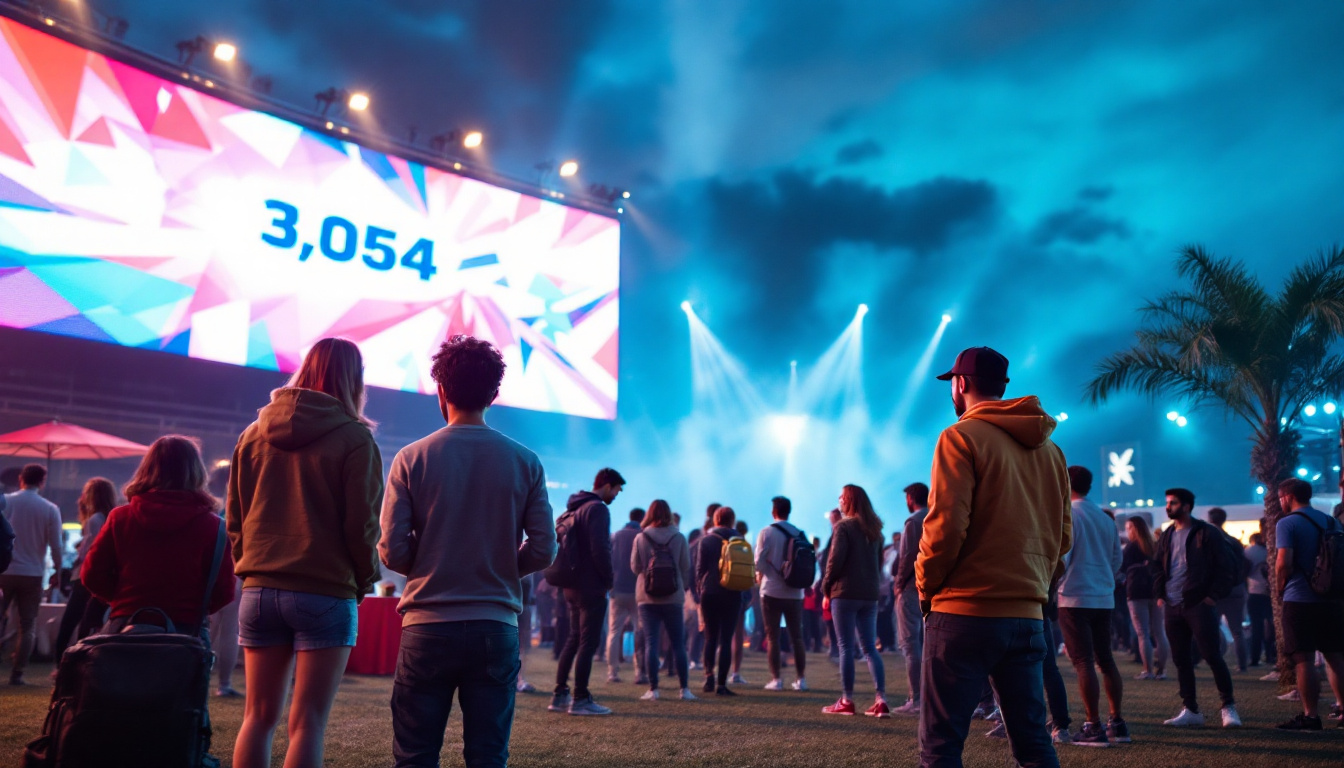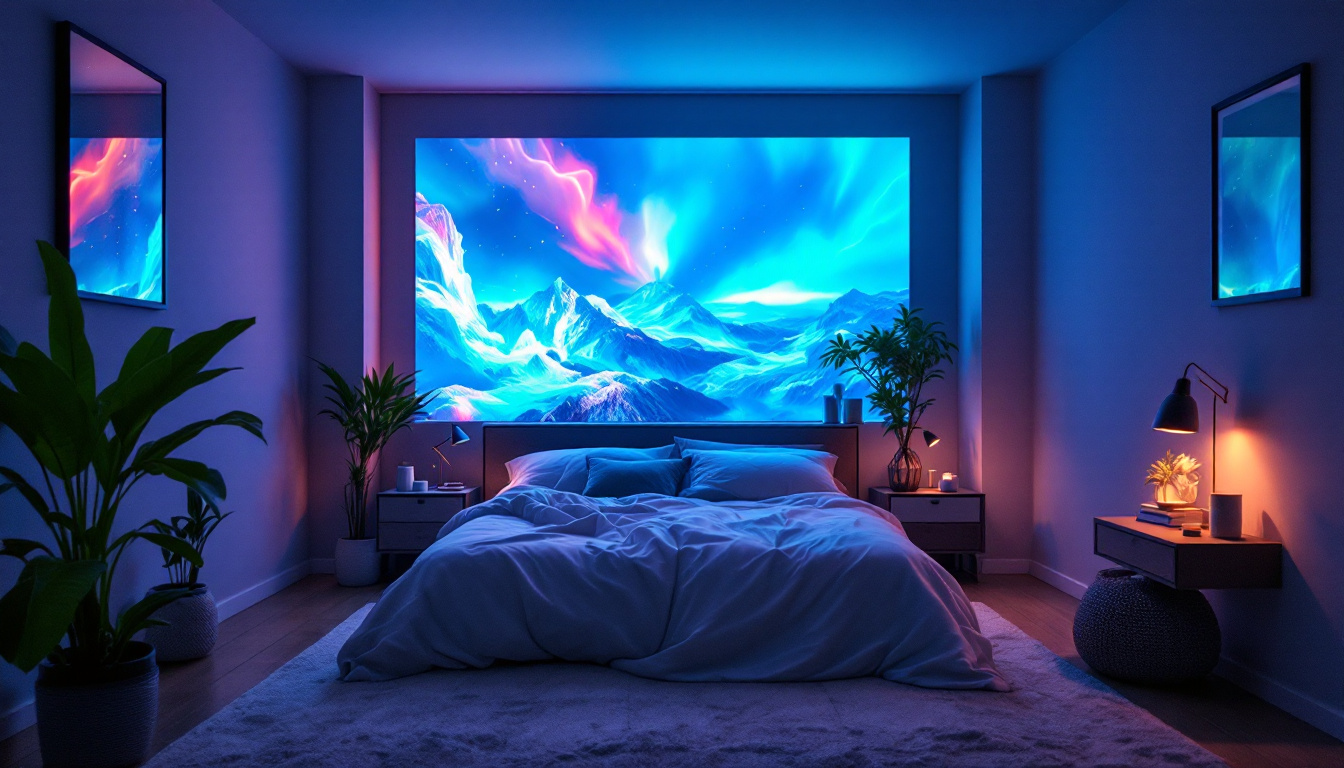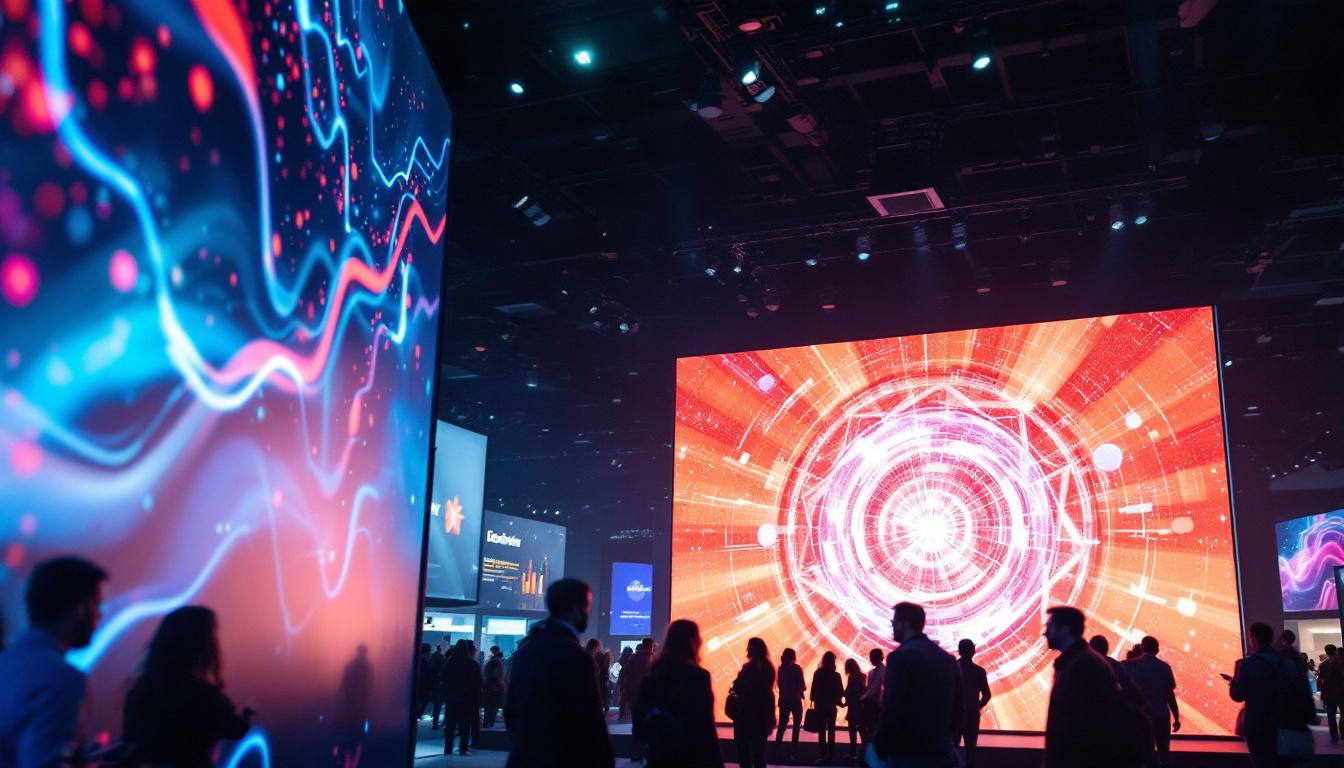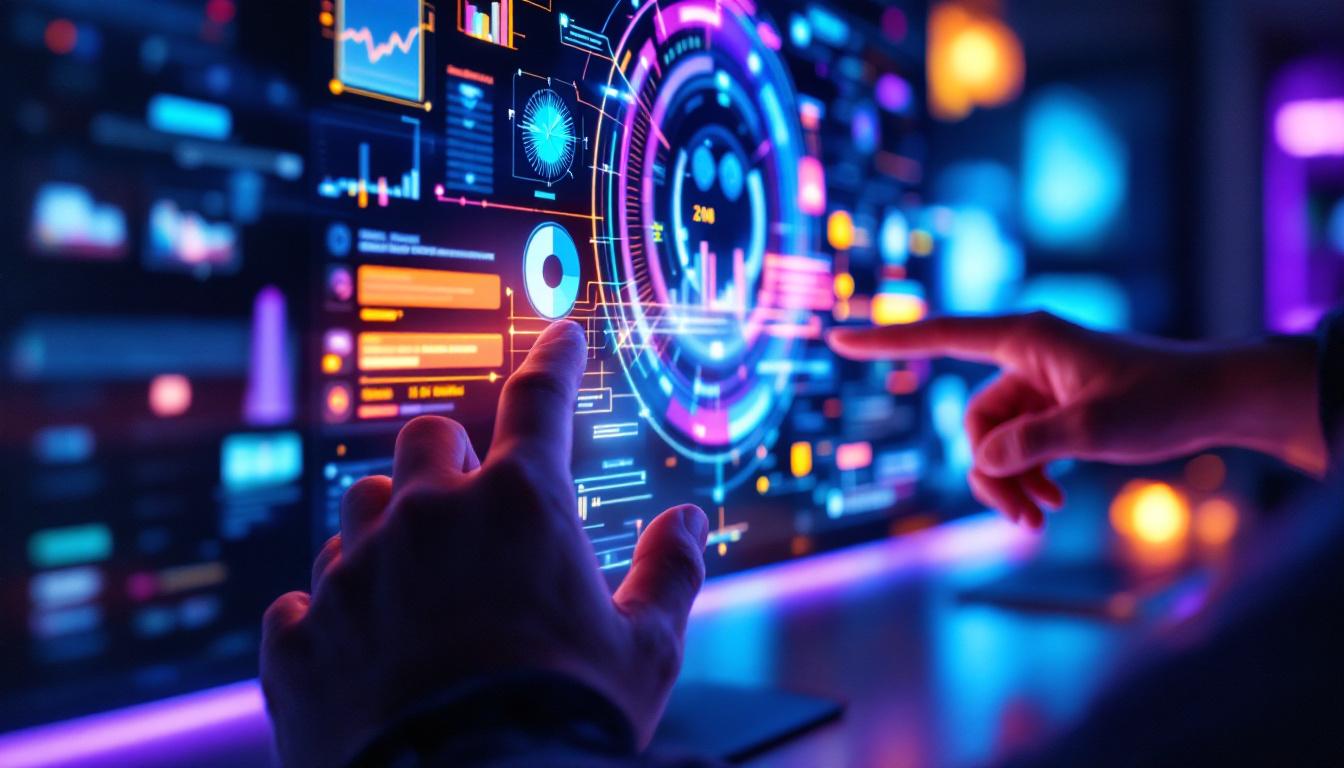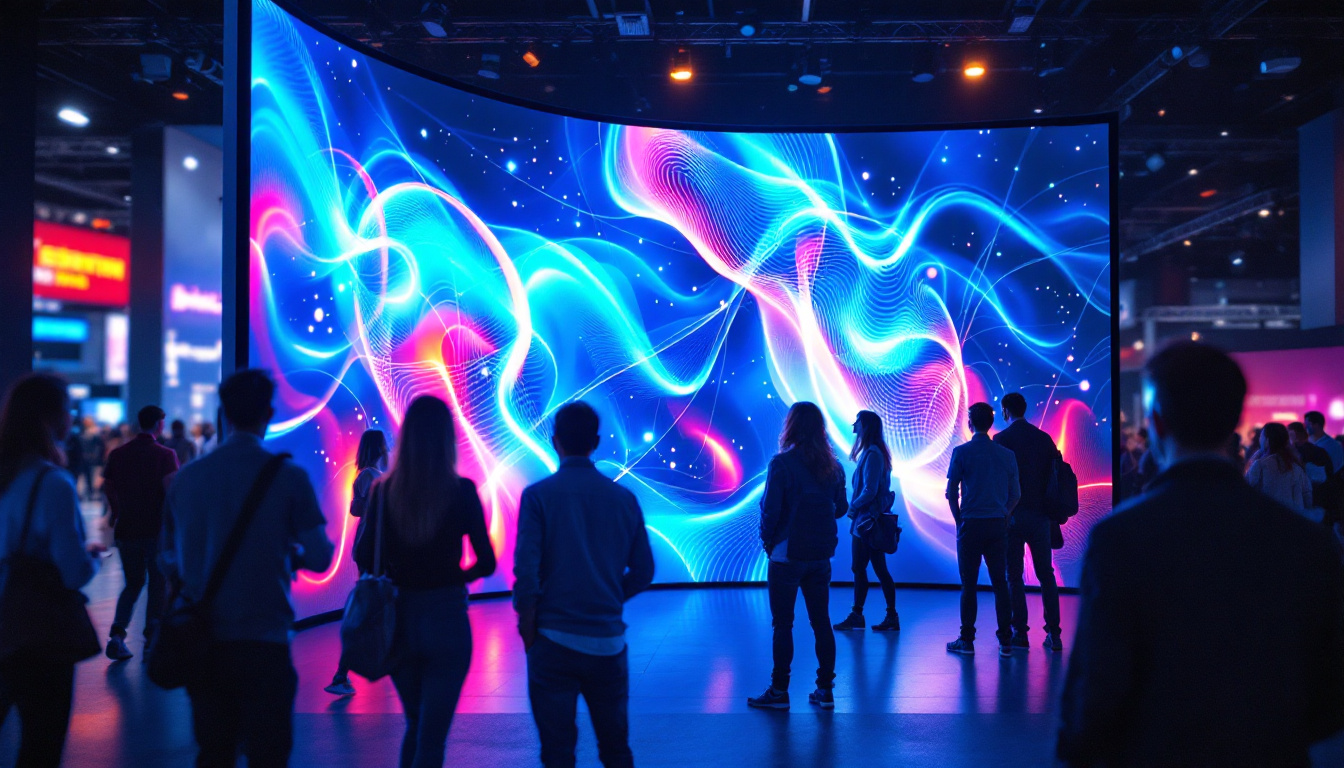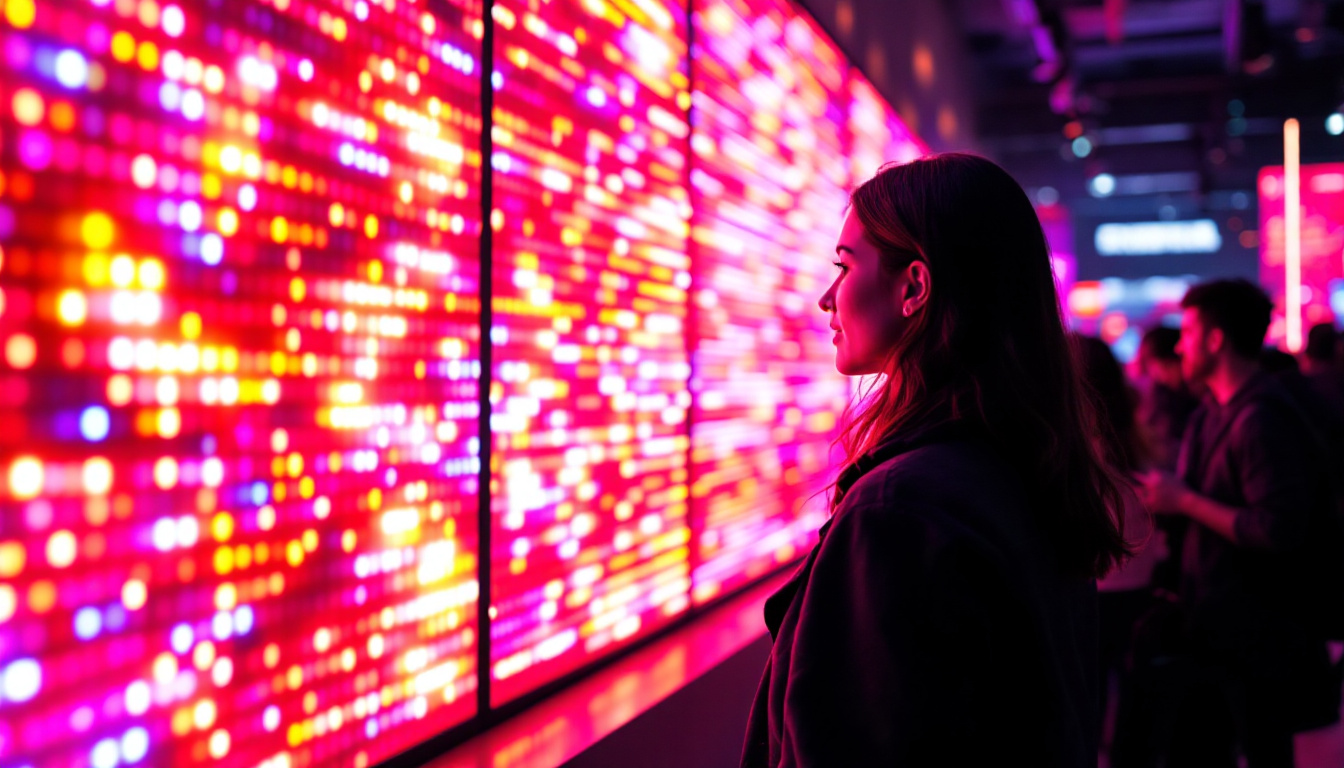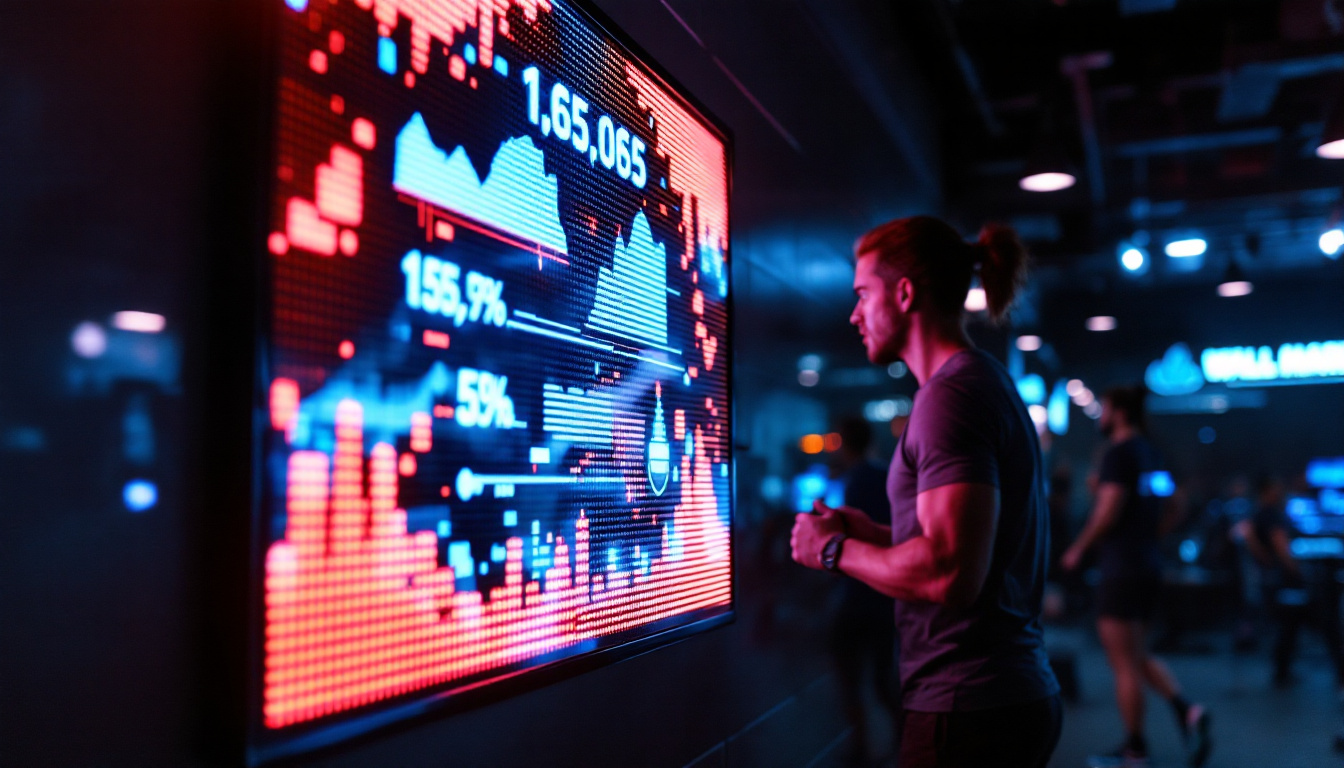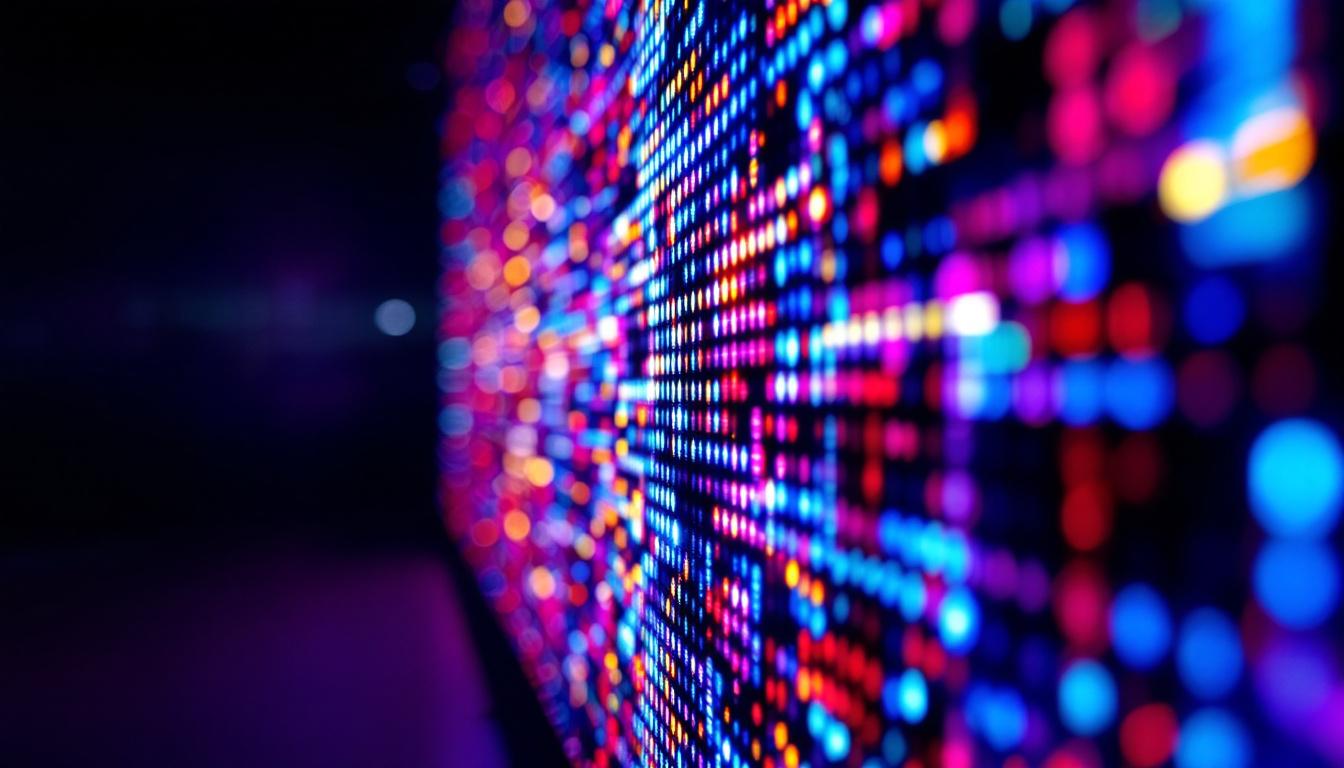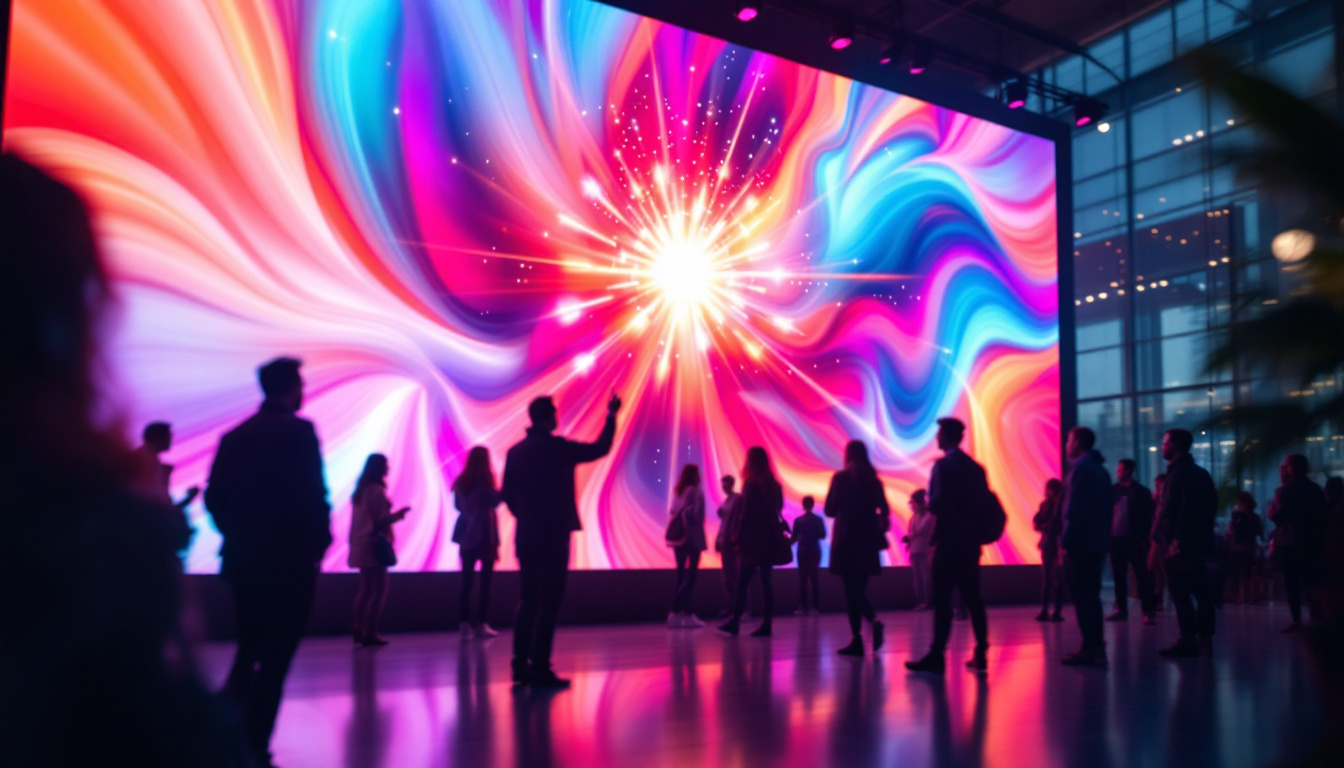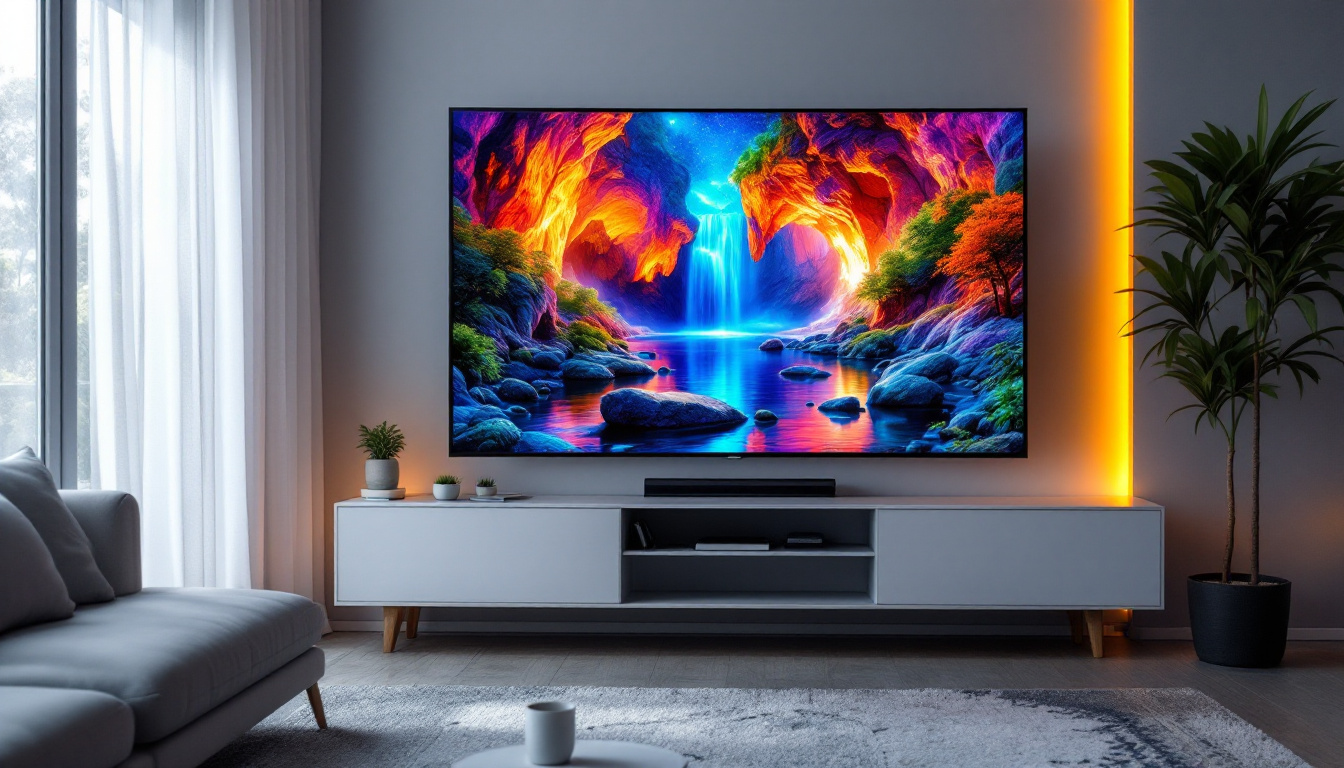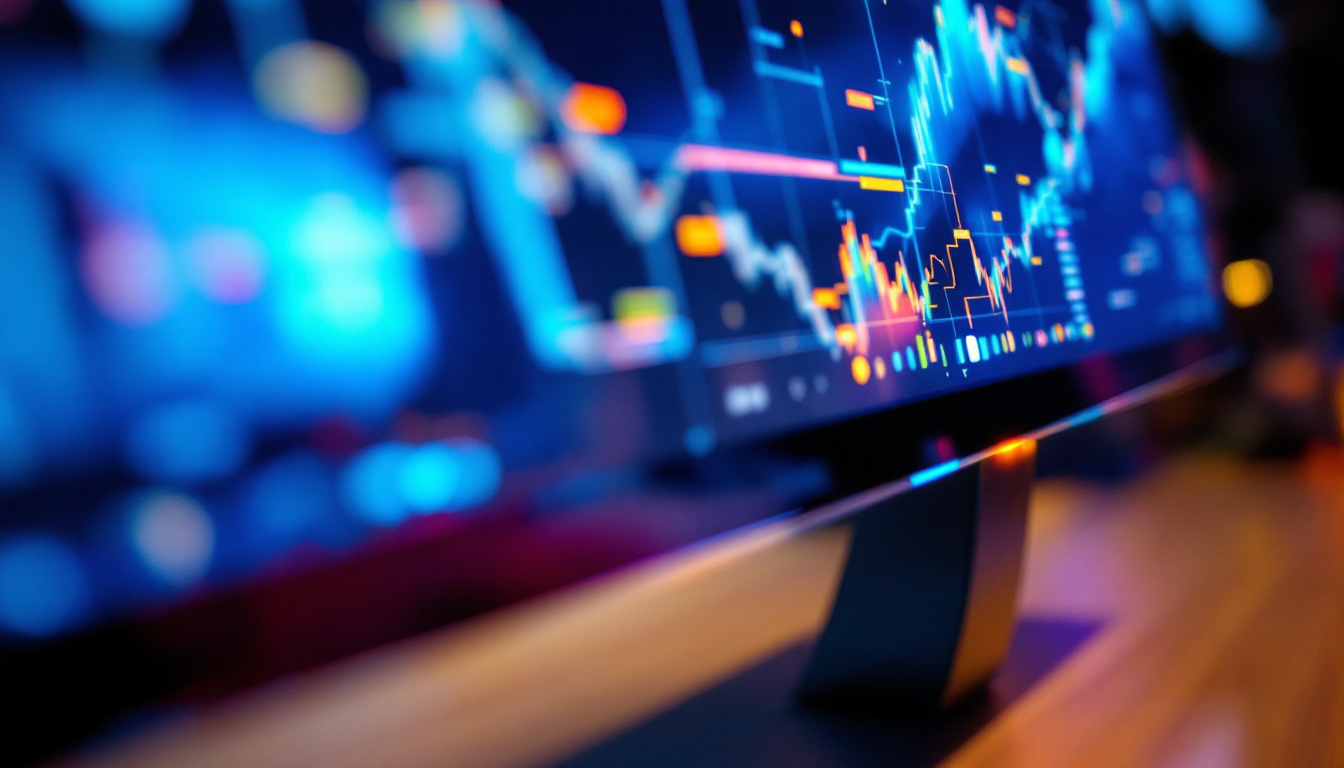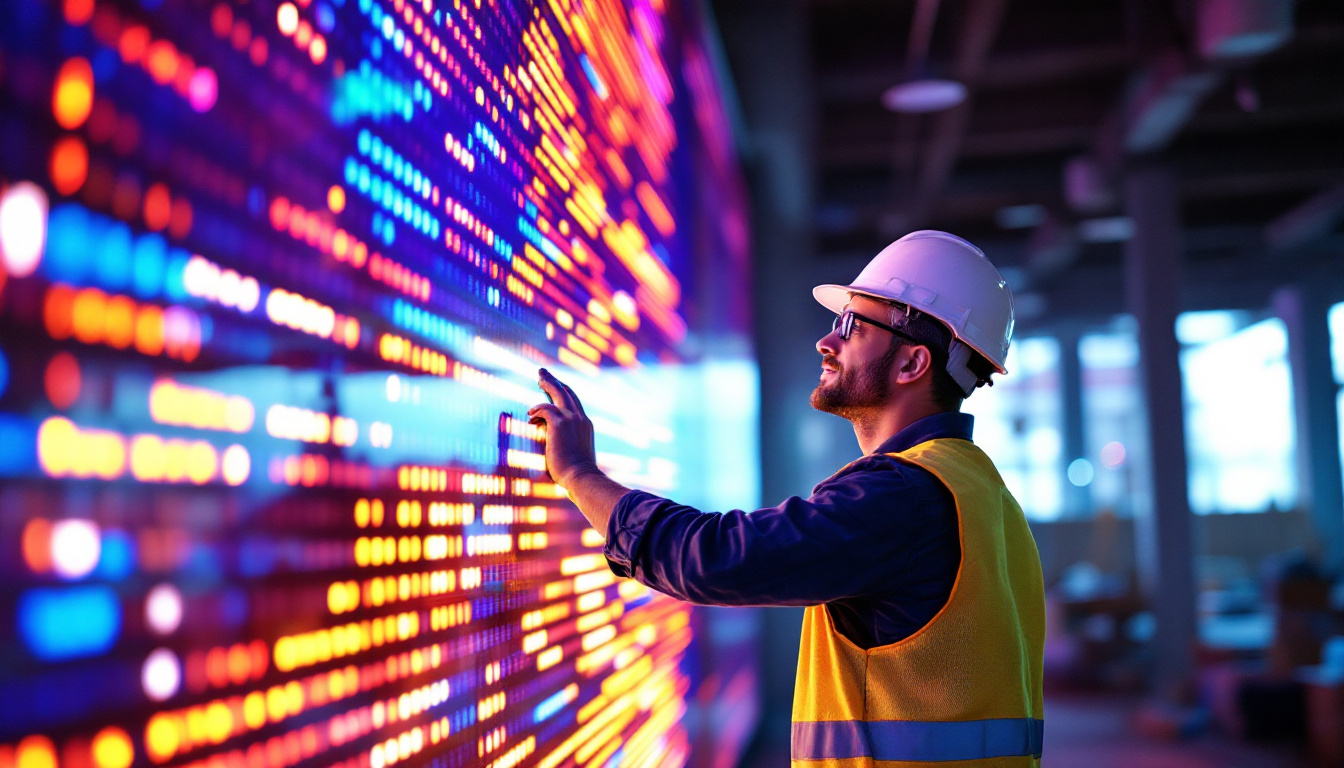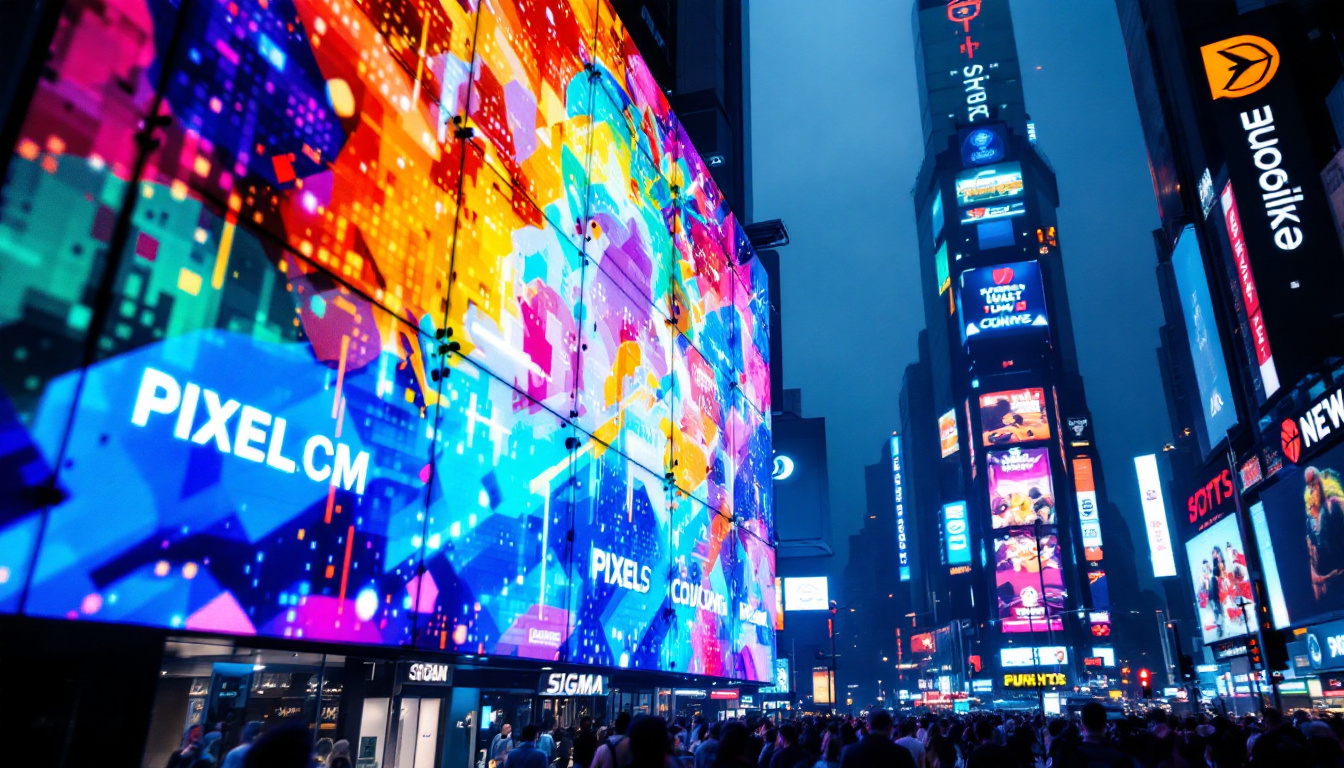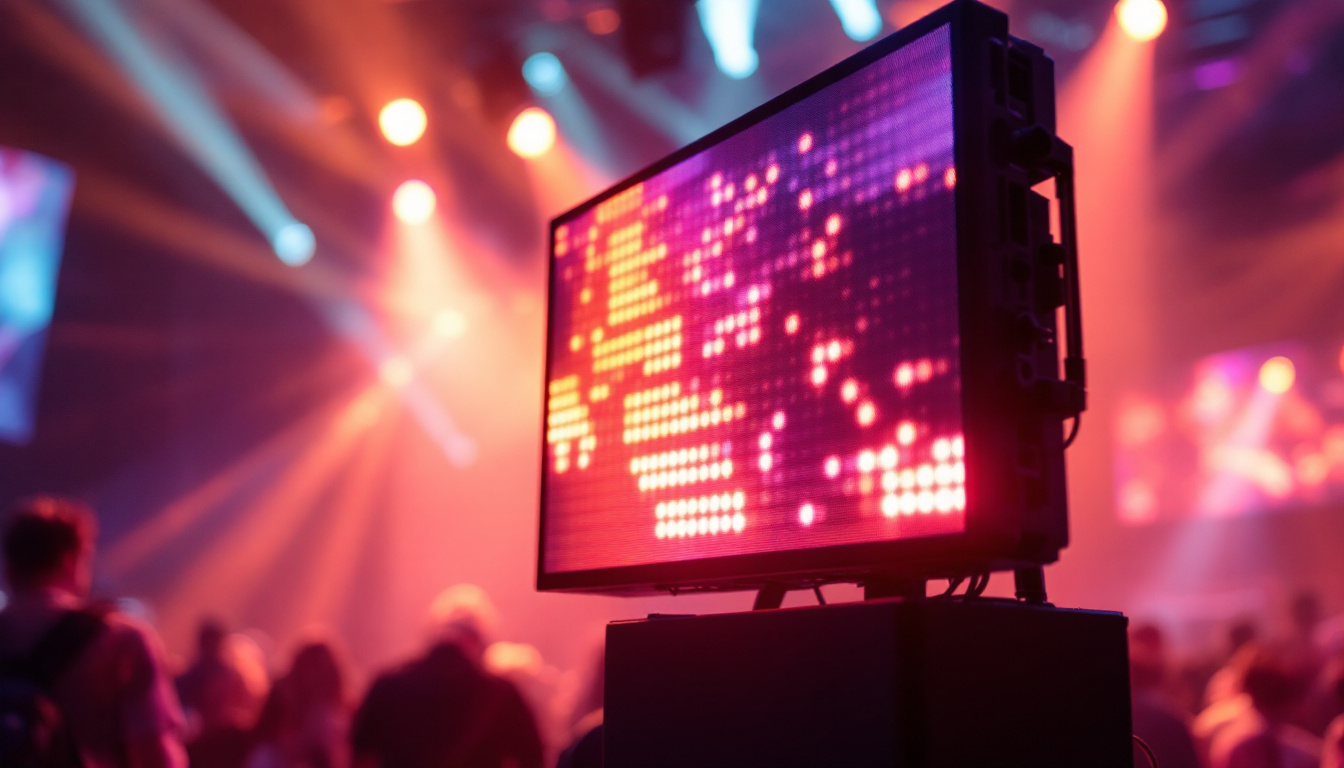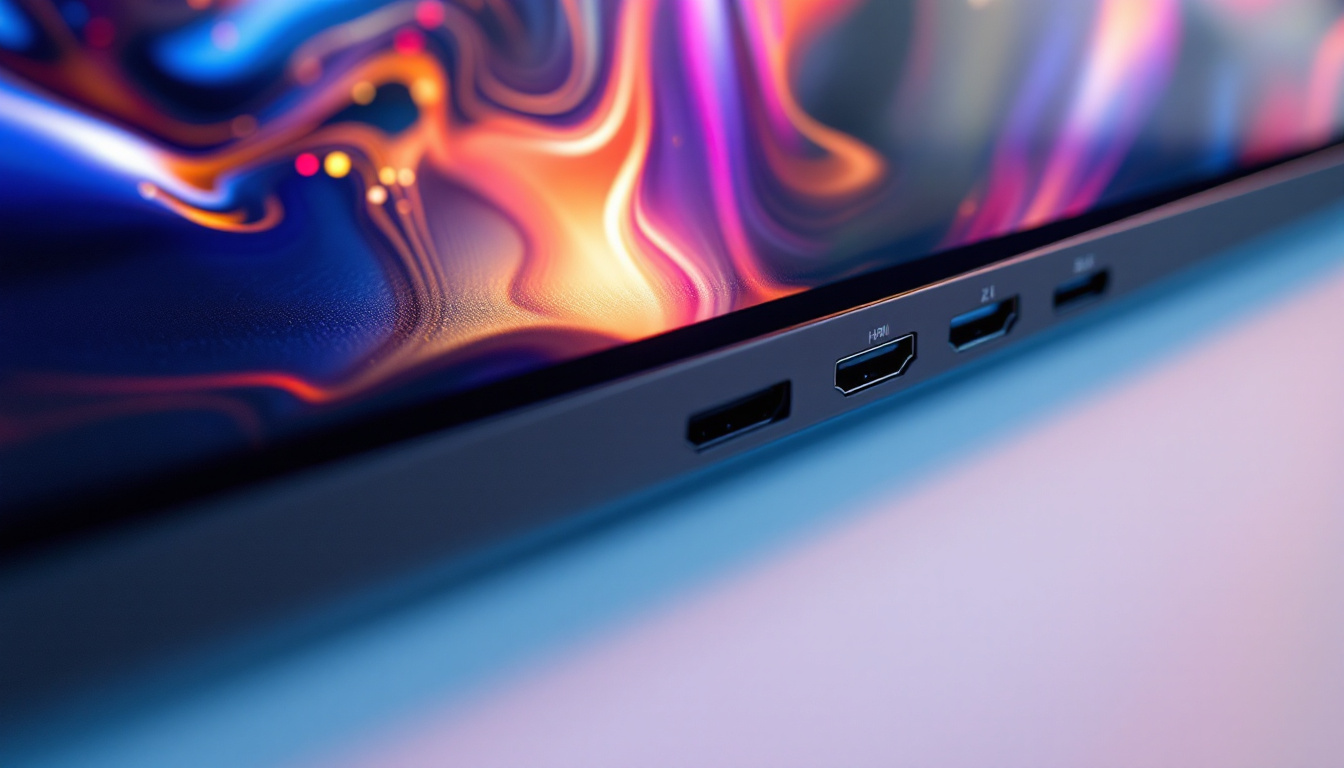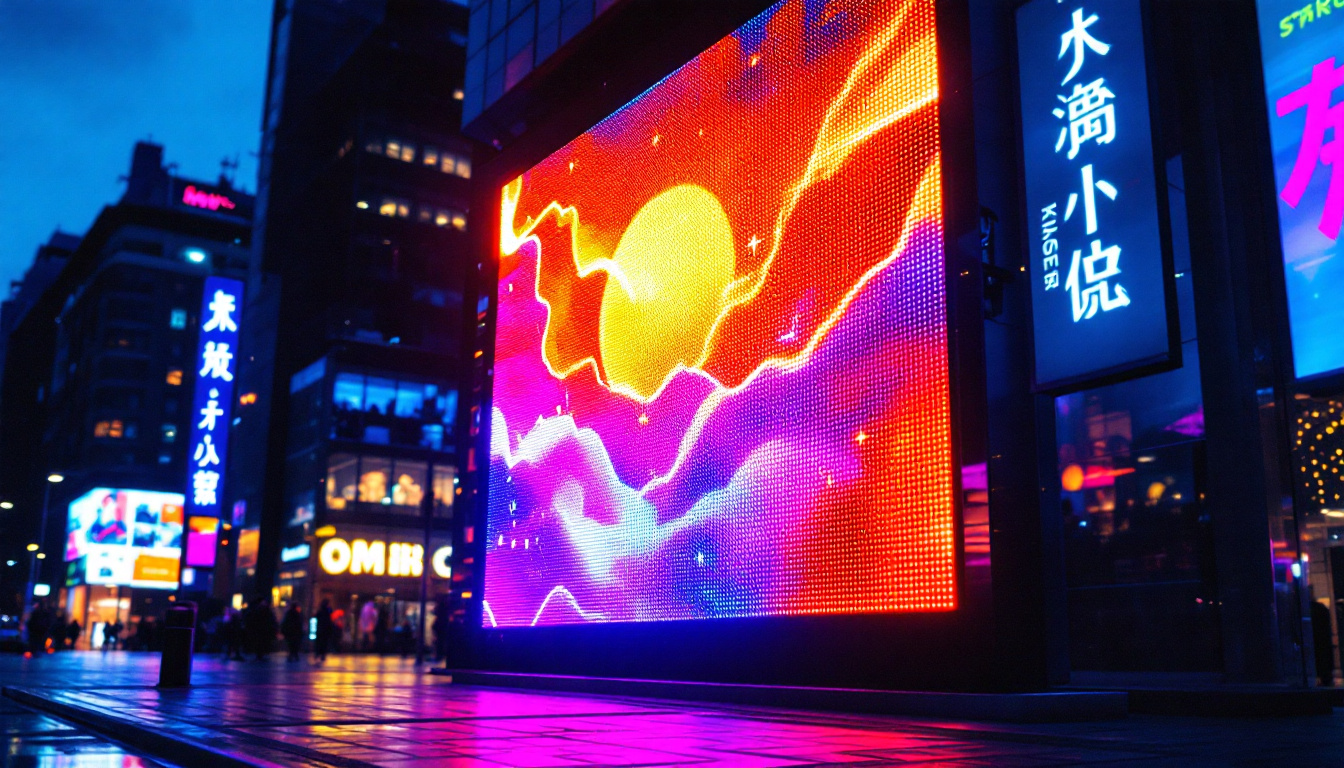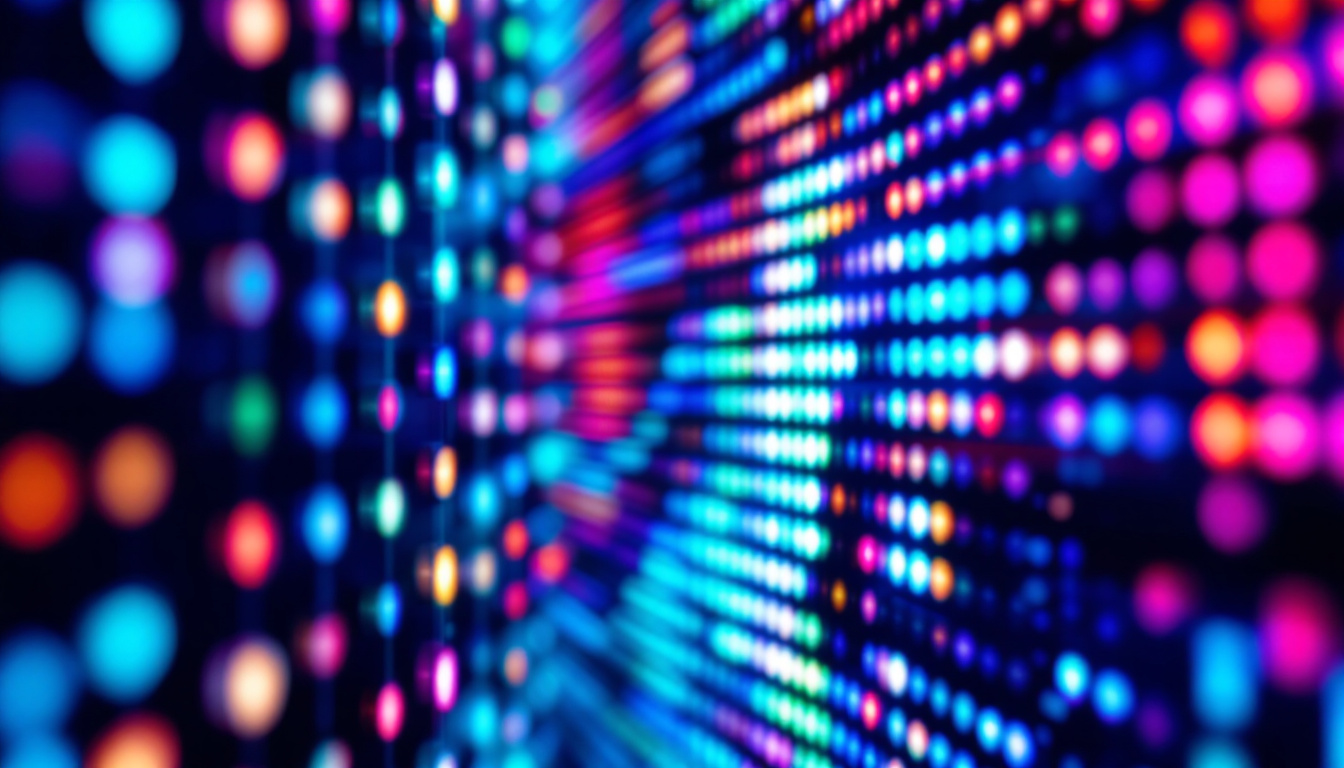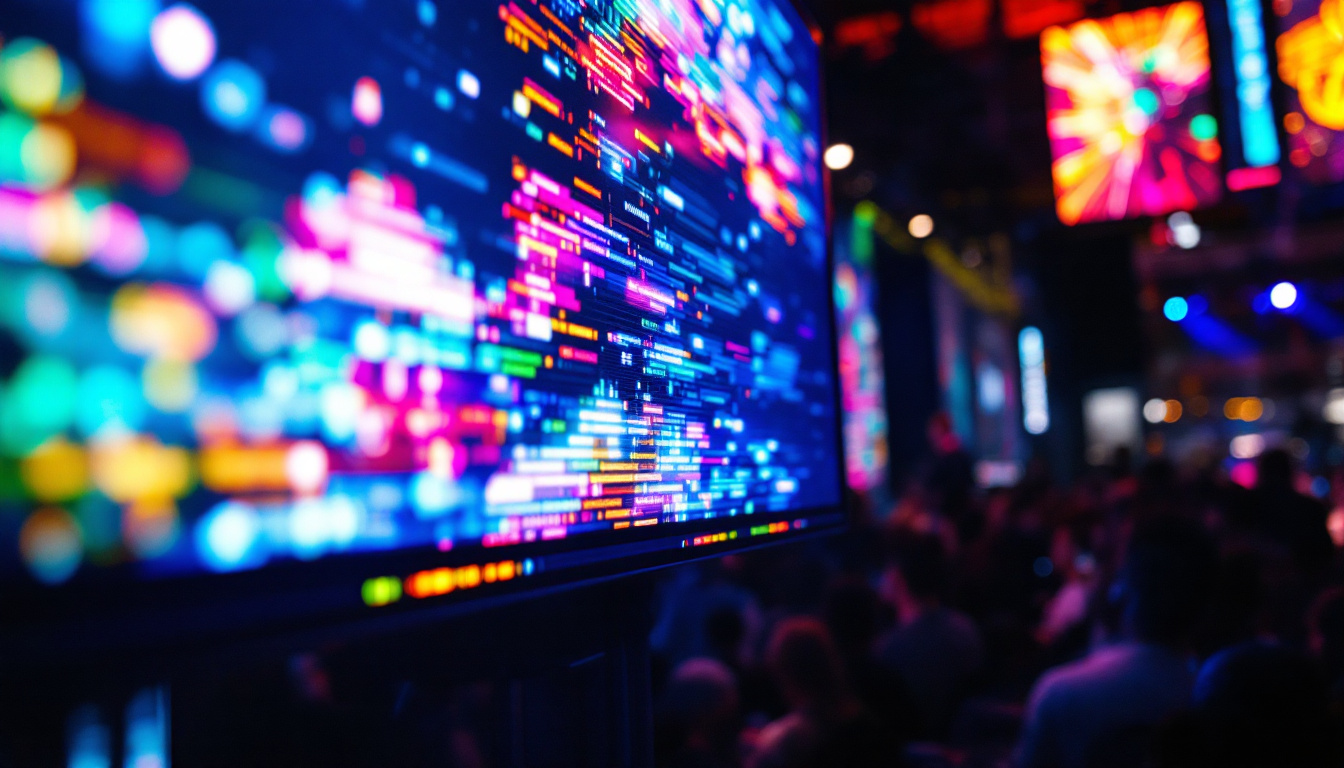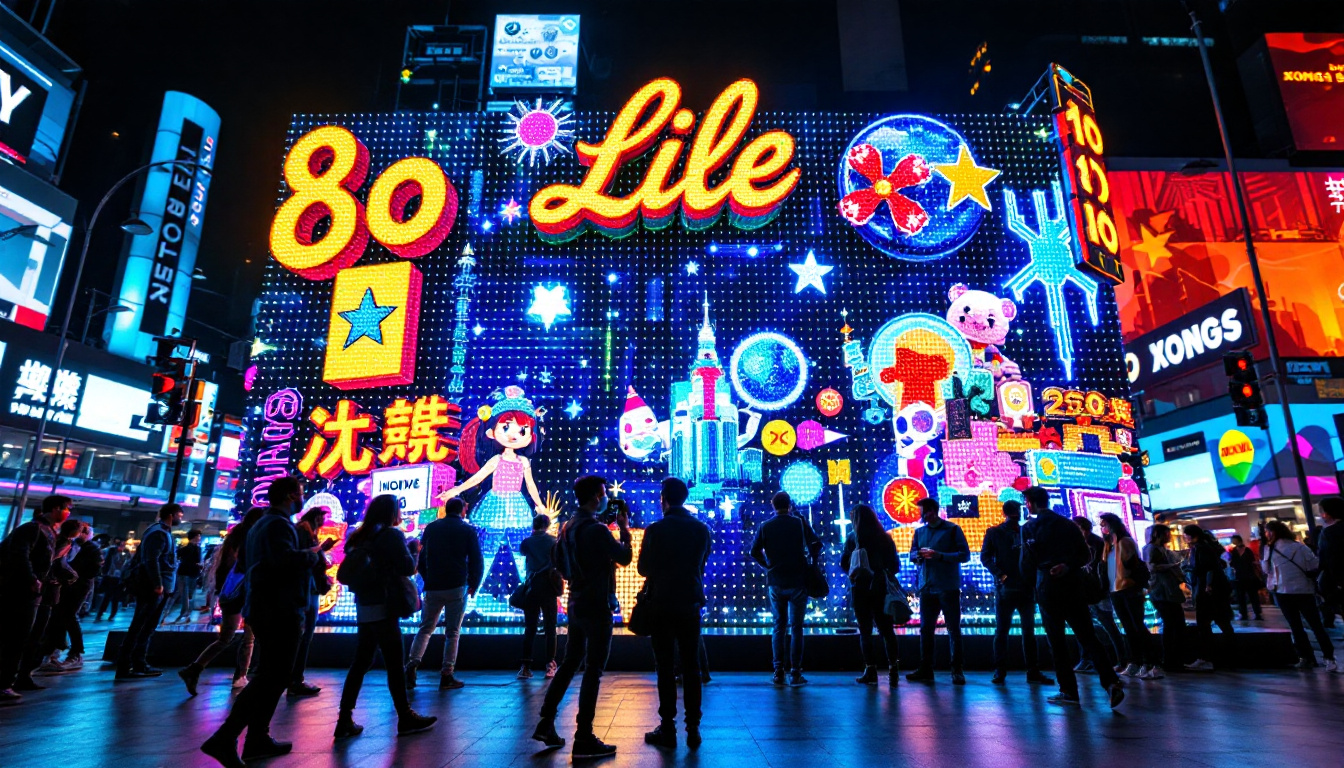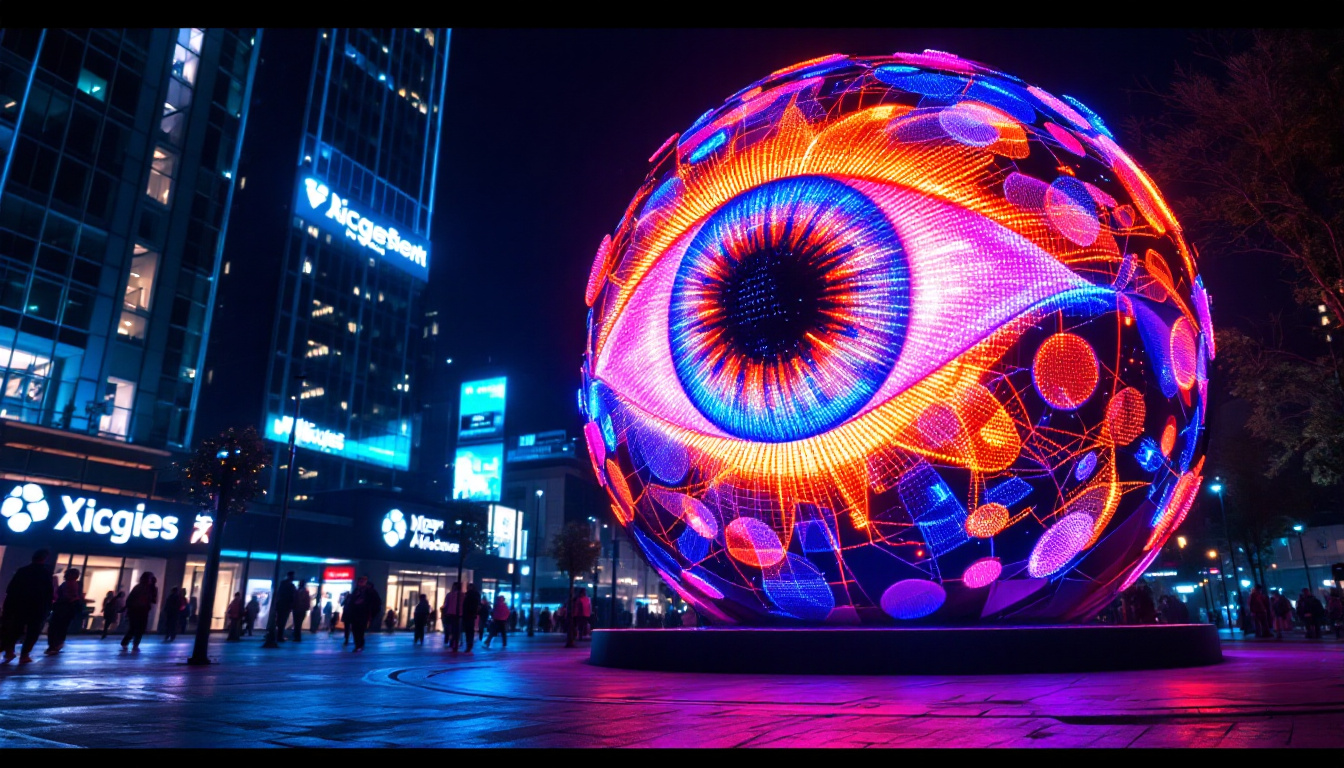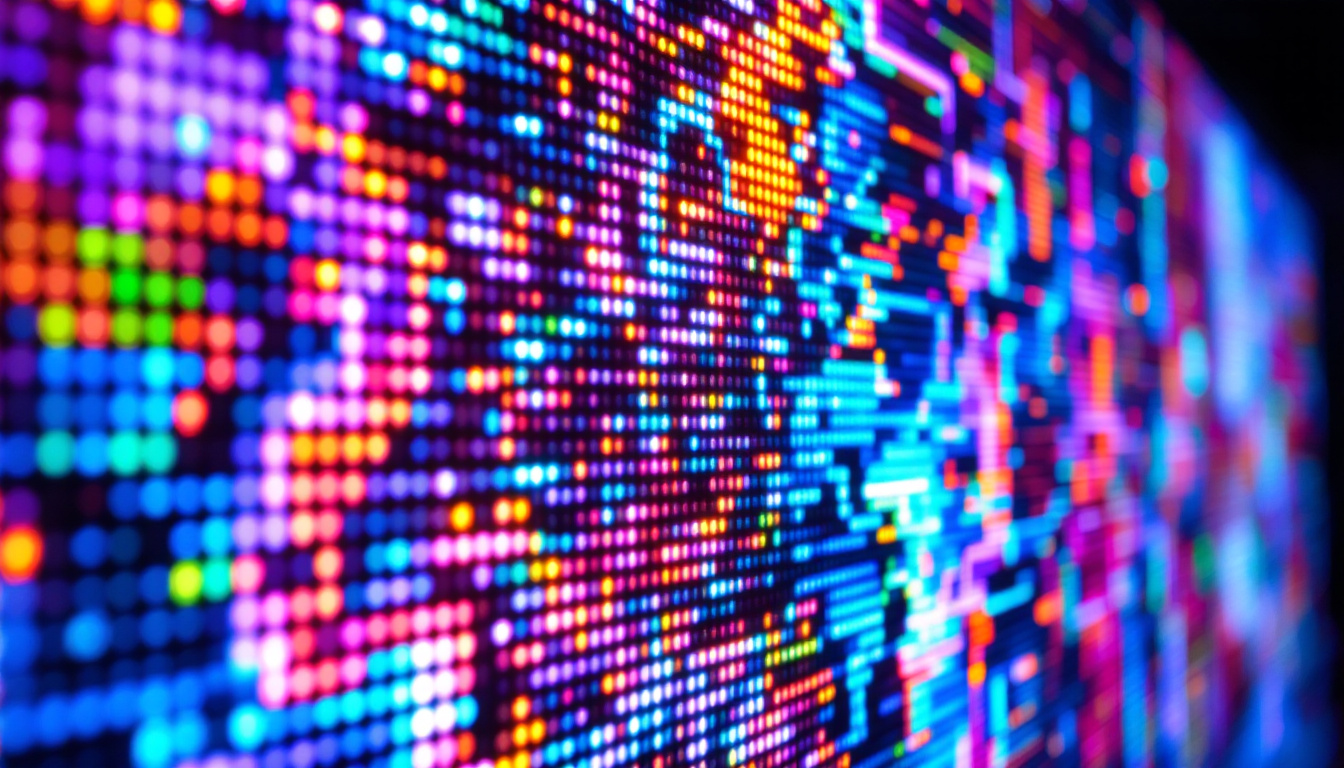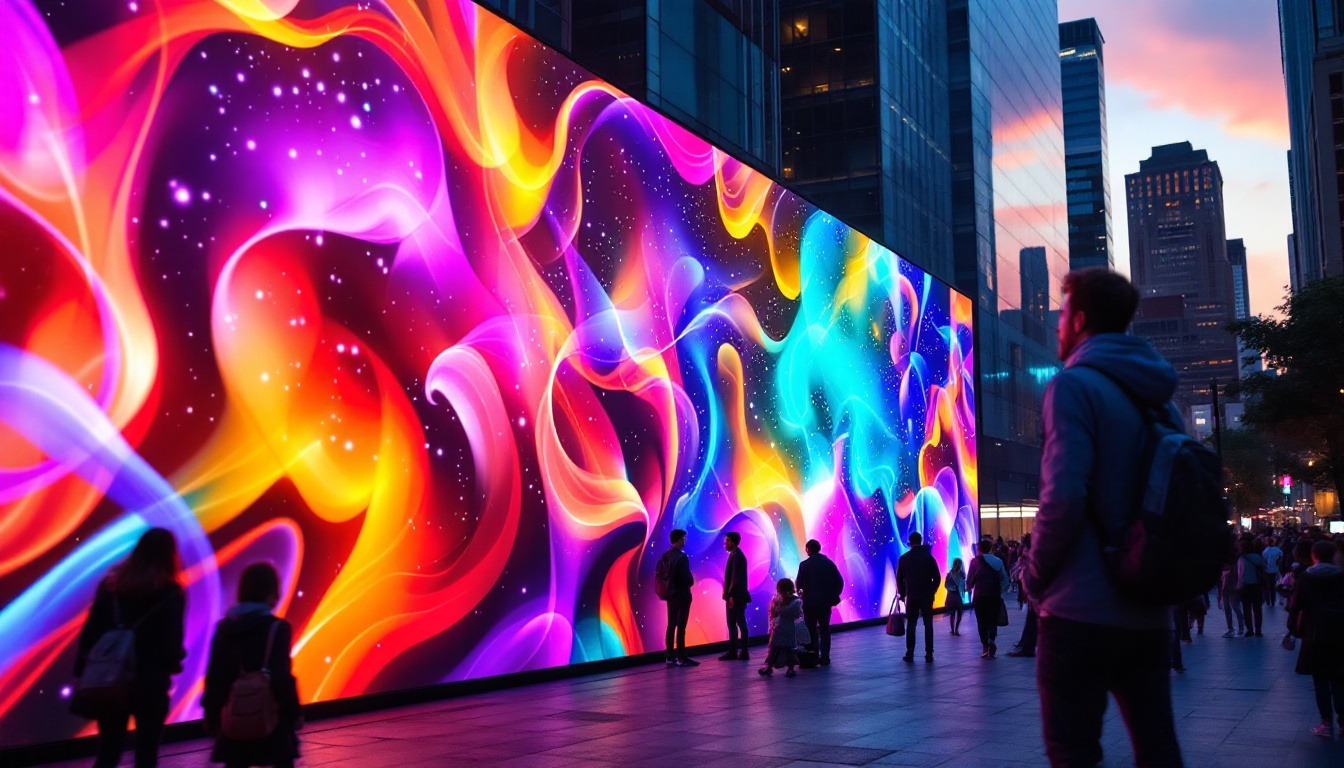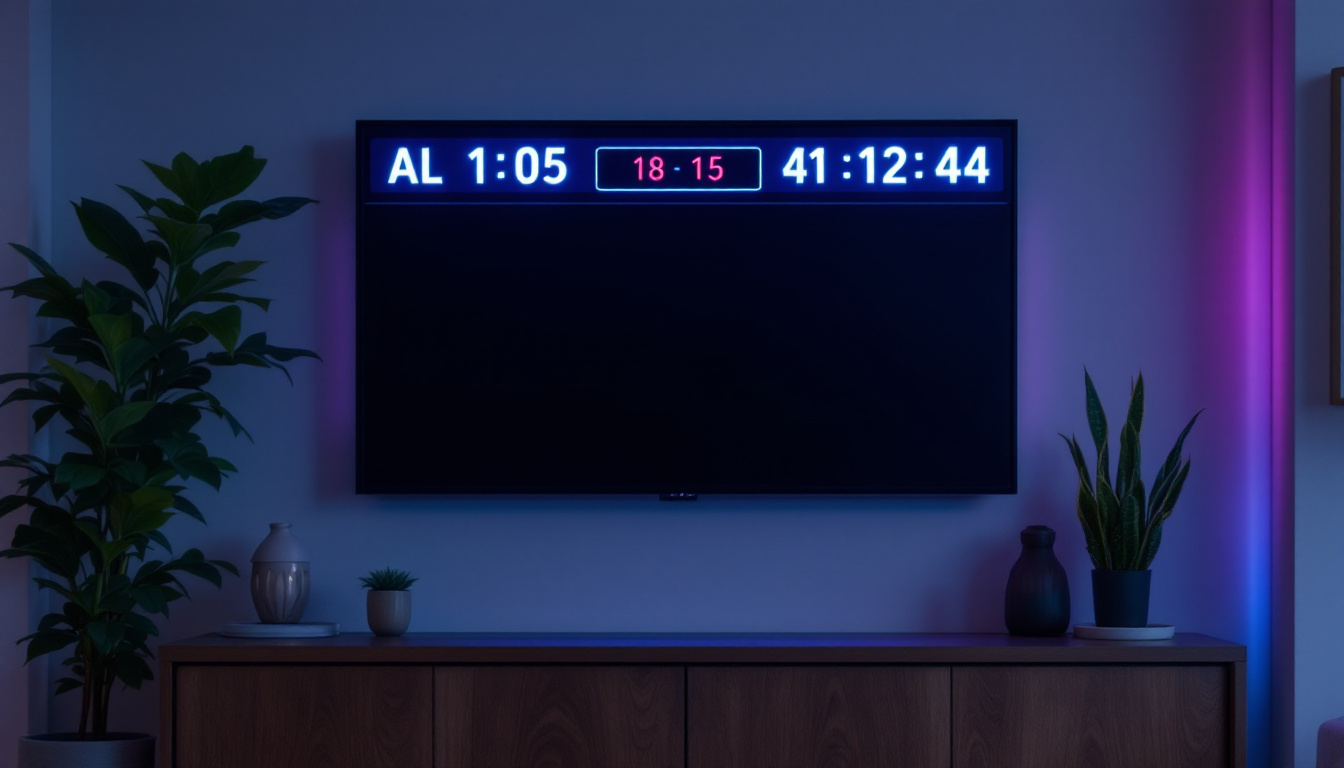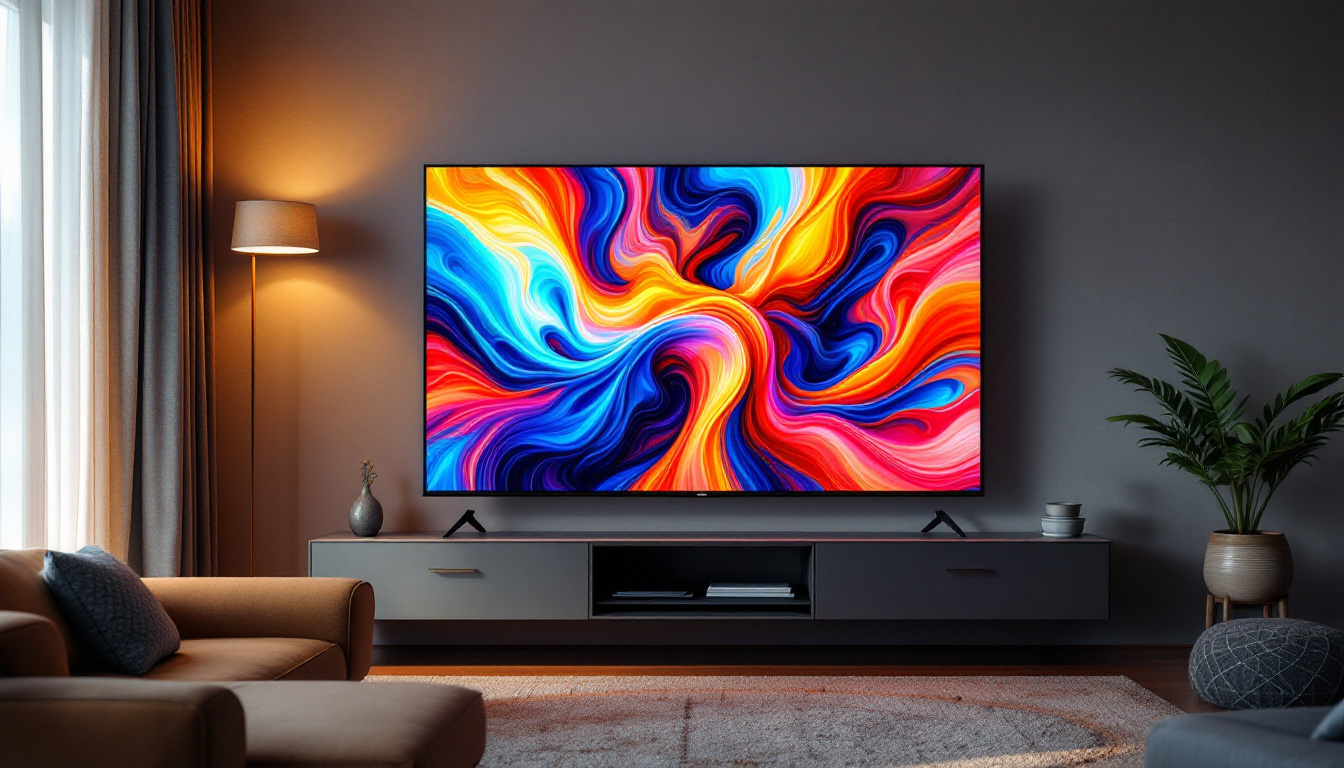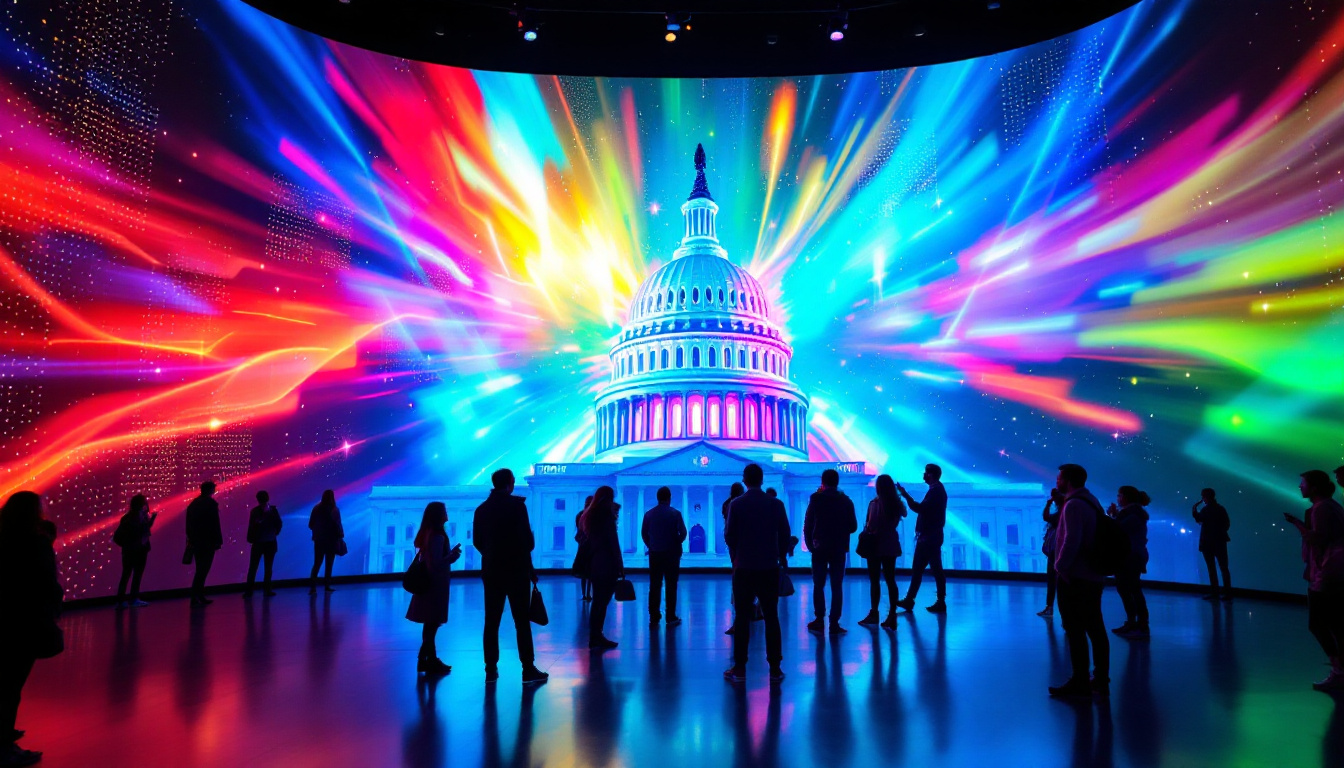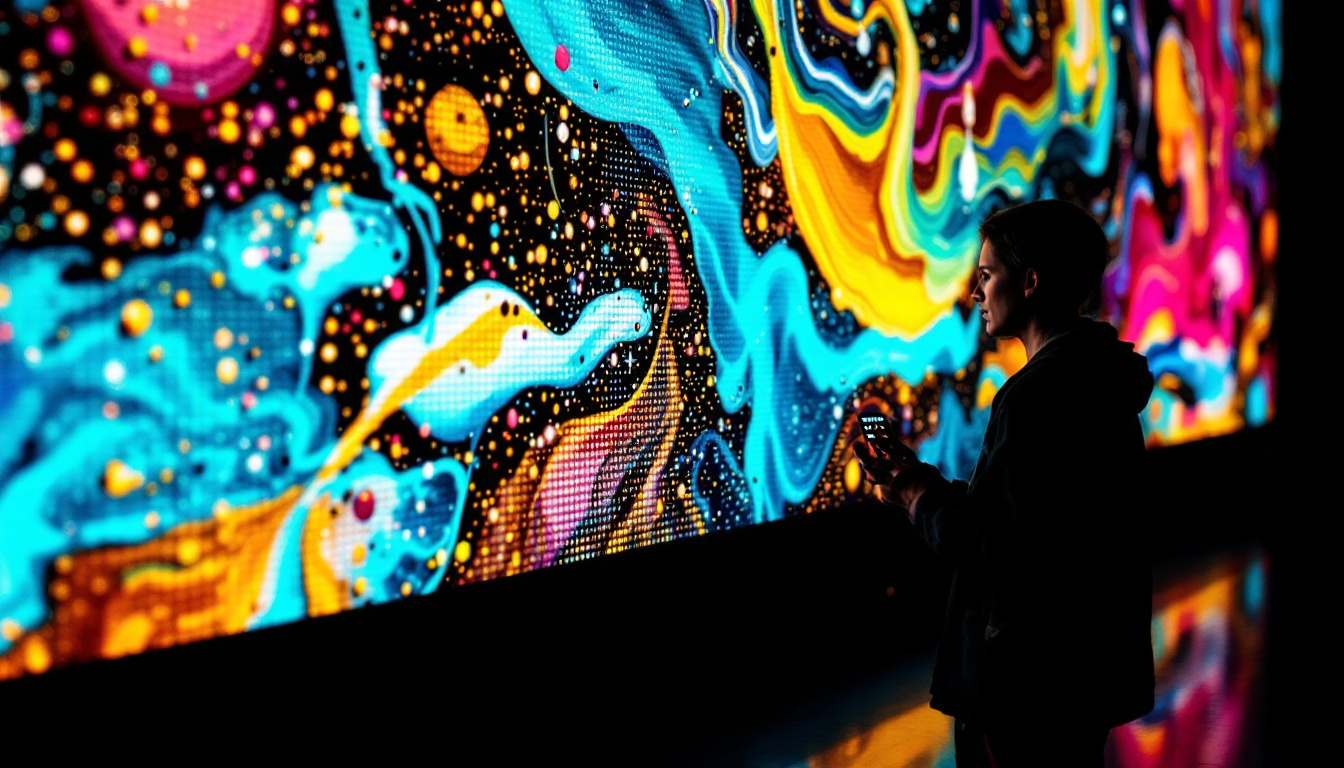In the ever-evolving landscape of education, technology plays a pivotal role in enhancing the learning experience. Among the myriad of tools available, LED displays have emerged as a standout choice for modern classrooms. This article delves into the myriad benefits of LED displays, their applications in educational settings, and how they are transforming the way students and educators interact.
The Rise of LED Displays in Education
As schools strive to create engaging and interactive environments, the adoption of LED displays has surged. These high-definition screens not only provide vibrant visuals but also facilitate a range of teaching methods that cater to diverse learning styles.
Understanding LED Technology
LED, or Light Emitting Diode, technology utilizes semiconductor materials to produce light. This innovative approach results in displays that are brighter, more energy-efficient, and longer-lasting than traditional projection systems. The clarity and brightness of LED screens make them ideal for various classroom settings, from brightly lit lecture halls to intimate seminar rooms.
Moreover, LED displays offer a wider viewing angle, ensuring that every student in the room has a clear view of the content being presented. This feature is particularly beneficial in larger classrooms where students may be seated at varying distances from the screen. The ability to maintain image quality from different angles also means that group activities and discussions can be held more effectively, as all participants can see the content without straining their necks or squinting at the screen.
Benefits of LED Displays in Classrooms
The integration of LED displays in educational environments brings a host of advantages. One of the most significant benefits is the enhanced engagement they offer. With vivid colors and sharp images, lessons become more captivating, making it easier for students to absorb information.
Additionally, LED displays support interactive learning. Many modern LED screens come equipped with touch capabilities, allowing educators to engage students directly through interactive lessons, quizzes, and collaborative projects. This interactivity fosters a more dynamic learning atmosphere, encouraging participation and collaboration among students. Furthermore, the ability to integrate multimedia content—such as videos, animations, and real-time data—into lessons can help illustrate complex concepts, making them more relatable and easier to understand for students of all ages.
Cost-Effectiveness and Longevity
While the initial investment in LED technology may seem substantial, the long-term savings are noteworthy. LED displays are known for their durability and low maintenance costs. Unlike traditional projectors that require frequent bulb replacements, LED screens can last for over 50,000 hours, significantly reducing operational costs over time.
Furthermore, the energy efficiency of LED technology translates to lower electricity bills, making it a sustainable choice for educational institutions. Schools can allocate these savings to other essential resources, enhancing the overall educational experience. In addition, many LED displays now come with built-in software that allows for easy updates and content management, further reducing the need for external technical support and ensuring that educators can keep their materials fresh and relevant without incurring additional costs.
Applications of LED Displays in Modern Classrooms
LED displays are versatile tools that can be employed in various educational scenarios. Their adaptability allows educators to utilize them in multiple ways, enhancing both teaching and learning experiences.
Interactive Learning Environments
One of the most exciting applications of LED displays is in creating interactive learning environments. Educators can use these screens to showcase multimedia presentations, videos, and interactive simulations that bring subjects to life. For instance, in a science class, students can explore complex concepts like the solar system through engaging animations displayed on a large LED screen.
Moreover, the touch functionality of many LED displays allows students to participate actively in lessons. They can manipulate data, draw diagrams, or navigate educational software directly on the screen, fostering a hands-on approach to learning. This interactivity not only captivates students’ attention but also caters to various learning styles, ensuring that visual, auditory, and kinesthetic learners all benefit from the lesson.
Collaborative Projects and Group Work
Collaboration is a cornerstone of modern education, and LED displays facilitate this by providing a shared space for group work. Students can work together on projects, sharing their ideas and findings in real-time. This collaborative approach not only enhances learning outcomes but also develops essential teamwork skills.
With the ability to connect multiple devices to a single LED display, students can present their work seamlessly, encouraging peer feedback and discussion. This interactive format transforms traditional group work into a more engaging and productive experience. Furthermore, educators can monitor group dynamics and provide guidance as needed, ensuring that all voices are heard and valued in the collaborative process. The use of LED displays in this context fosters a sense of community and shared responsibility among students.
Remote Learning and Hybrid Classrooms
The recent shift towards remote learning has highlighted the importance of effective communication tools in education. LED displays can bridge the gap between in-person and online learning by providing a clear and engaging platform for virtual classes. Educators can share their screens, display presentations, and even interact with remote students through video conferencing applications.
In hybrid classrooms, where some students are physically present while others join remotely, LED displays ensure that all students have access to the same information. This inclusivity is vital for maintaining engagement and ensuring that no student is left behind. Additionally, the ability to record lessons displayed on LED screens allows for easy access to resources for students who may need to review material later. This feature not only supports diverse learning paces but also provides a valuable resource for students who may have missed a class, reinforcing the importance of flexibility in today’s educational landscape.
Choosing the Right LED Display for Your Classroom
When considering the integration of LED displays into a classroom, several factors must be taken into account to ensure the right choice is made. Understanding the specific needs of the educational environment is crucial for maximizing the benefits of this technology.
Screen Size and Resolution
One of the first considerations when selecting an LED display is the screen size. The size should be appropriate for the classroom dimensions and the number of students. A larger screen may be necessary for bigger classrooms to ensure visibility from all angles.
Resolution is another critical factor. Higher resolution displays provide clearer images and text, which is essential for presentations and educational content. It is advisable to opt for at least Full HD (1080p) resolution to ensure optimal viewing quality.
Connectivity Options
Modern classrooms often utilize various devices, from laptops to tablets. Therefore, the connectivity options of the LED display are vital. Look for displays that offer multiple input options, such as HDMI, USB, and wireless connectivity. This flexibility allows educators to connect different devices seamlessly, enhancing the overall functionality of the display.
Durability and Warranty
Given the daily use of LED displays in educational settings, durability is a significant consideration. Opt for displays that are built to withstand the rigors of classroom environments. Additionally, a robust warranty can provide peace of mind, ensuring that any potential issues are addressed promptly.
Implementing LED Displays: Best Practices
Once the decision to integrate LED displays into a classroom has been made, it is essential to implement them effectively to maximize their potential. Following best practices can lead to a smoother transition and a more productive learning environment.
Training for Educators
To fully harness the capabilities of LED displays, educators should receive proper training. Familiarizing teachers with the technology and its features will enable them to use it effectively in their lessons. Professional development sessions can be organized to provide hands-on experience and share best practices for integrating LED technology into the curriculum.
Creating Engaging Content
The effectiveness of LED displays largely depends on the quality of the content being presented. Educators should strive to create engaging and interactive materials that leverage the capabilities of the display. This could involve incorporating multimedia elements, interactive quizzes, and real-time feedback mechanisms to keep students engaged.
Regular Maintenance and Updates
To ensure the longevity and performance of LED displays, regular maintenance is essential. This includes keeping the screens clean, checking for software updates, and addressing any technical issues promptly. Establishing a maintenance schedule can help keep the displays in optimal condition, ensuring they continue to serve their educational purpose effectively.
The Future of LED Displays in Education
As technology continues to advance, the role of LED displays in education is likely to evolve further. Innovations such as augmented reality (AR) and virtual reality (VR) integration may soon become commonplace, enhancing the interactive capabilities of LED displays.
Integration with Learning Management Systems
Future developments may see LED displays becoming more integrated with learning management systems (LMS). This integration could allow educators to access and display course materials directly from their LMS, streamlining the teaching process and providing a seamless experience for both teachers and students.
Enhanced Interactivity through AI
Artificial intelligence (AI) could also play a significant role in the future of LED displays in classrooms. AI-driven features may enable personalized learning experiences, adapting content based on individual student needs and progress. This level of customization could revolutionize how educators approach teaching, making it more effective and tailored to each student’s unique learning journey.
Conclusion
LED displays represent a significant advancement in educational technology, offering a multitude of benefits that enhance the learning experience. From fostering engagement and collaboration to supporting diverse teaching methods, these displays are transforming modern classrooms into dynamic learning environments.
As schools continue to embrace this technology, it is essential to consider the specific needs of the educational setting and implement best practices to maximize the impact of LED displays. With the potential for future innovations, the role of LED displays in education is set to grow, paving the way for a more interactive and effective learning experience for students and educators alike.
Discover LumenMatrix LED Display Solutions
Ready to elevate your educational environment with the latest in LED display technology? LumenMatrix is at the forefront of creating immersive and interactive visual experiences that can transform your classroom into a hub of engagement and innovation. From Indoor and Outdoor LED Wall Displays to specialized solutions like Vehicle, Sports, and Floor LED Displays, our products are designed to meet the diverse needs of modern education. Embrace the future of learning with LumenMatrix’s cutting-edge LED display modules. Check out LumenMatrix LED Display Solutions today and witness how we can revolutionize your educational space.

